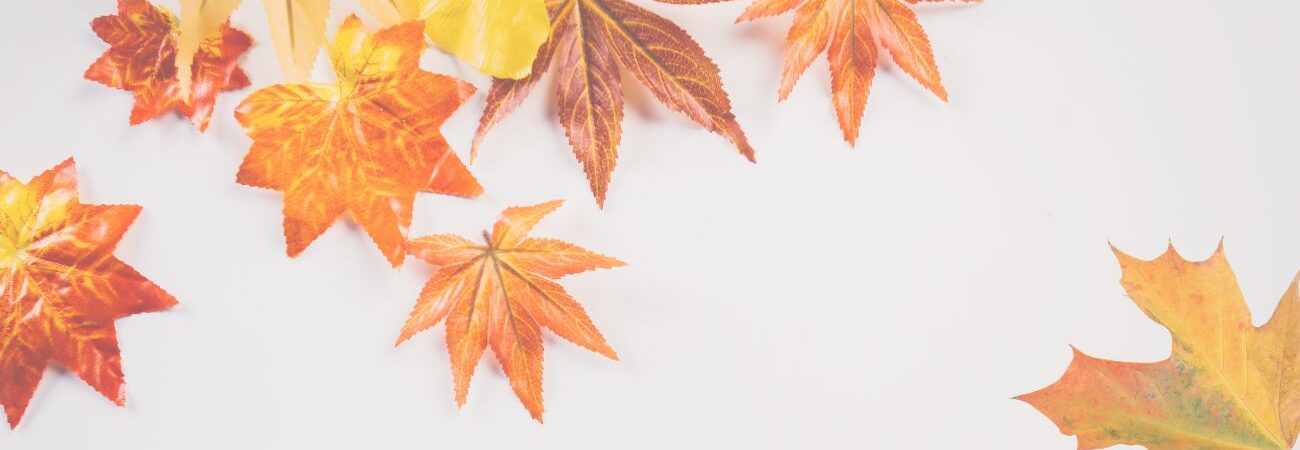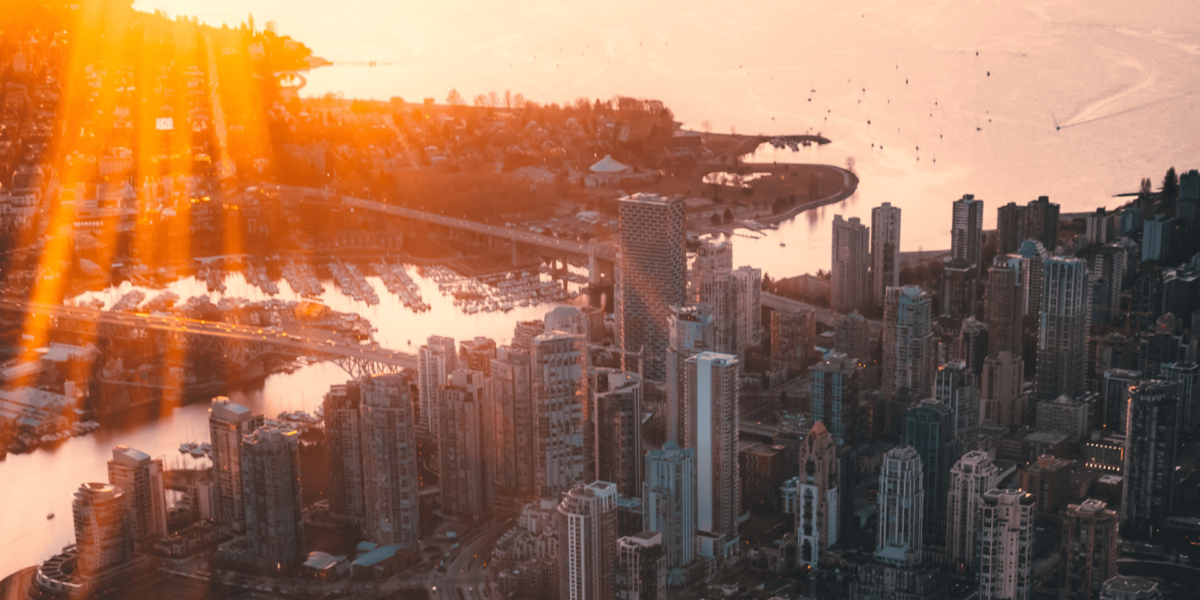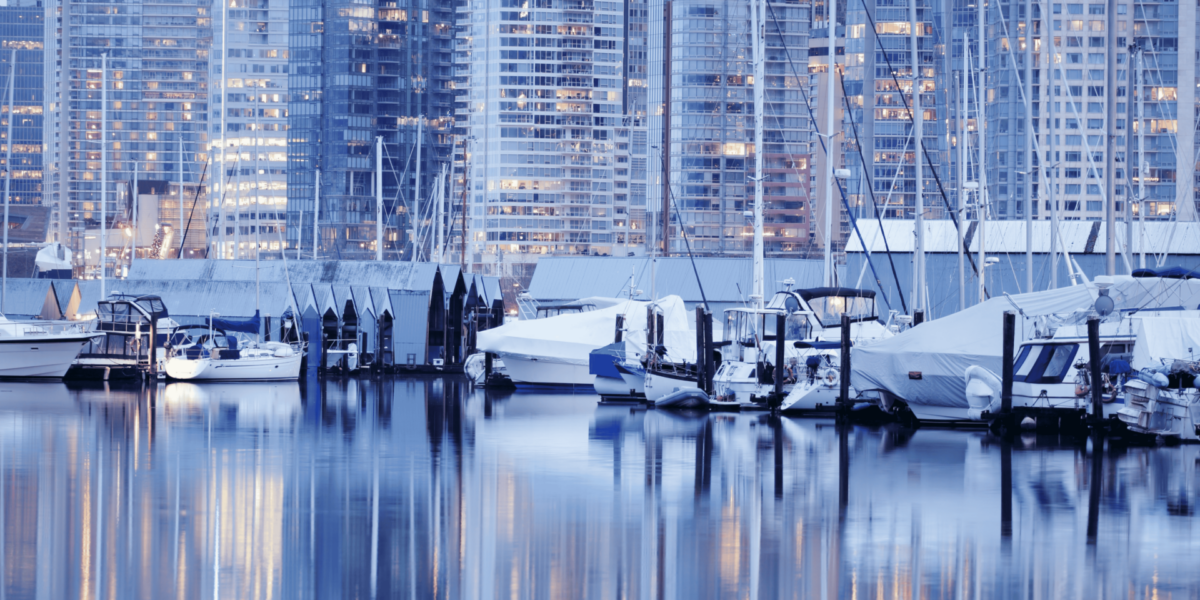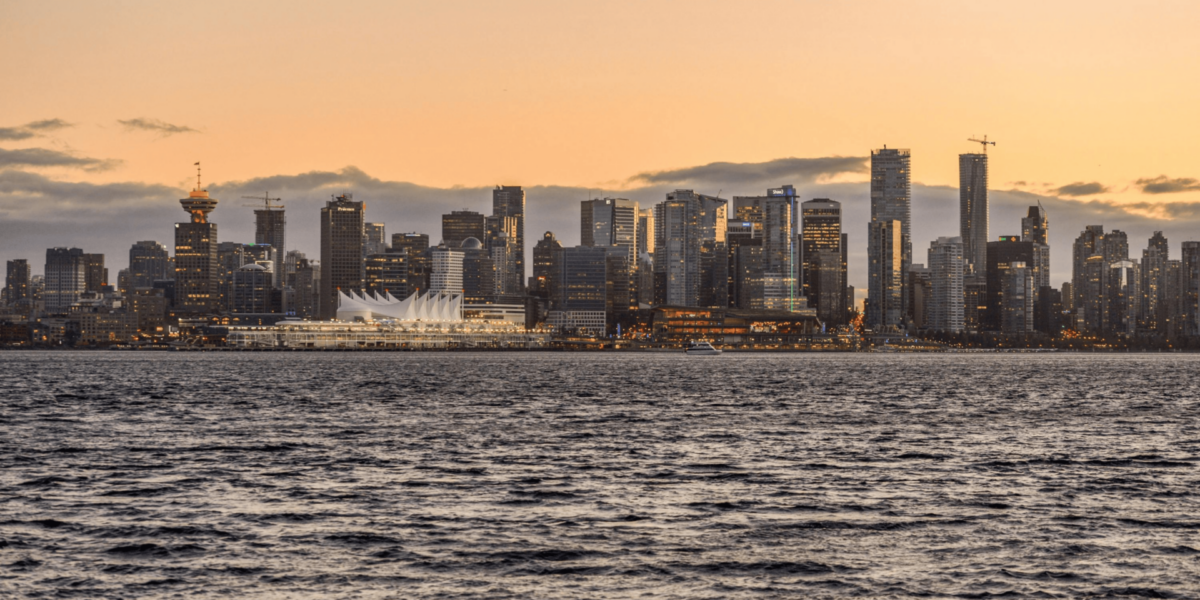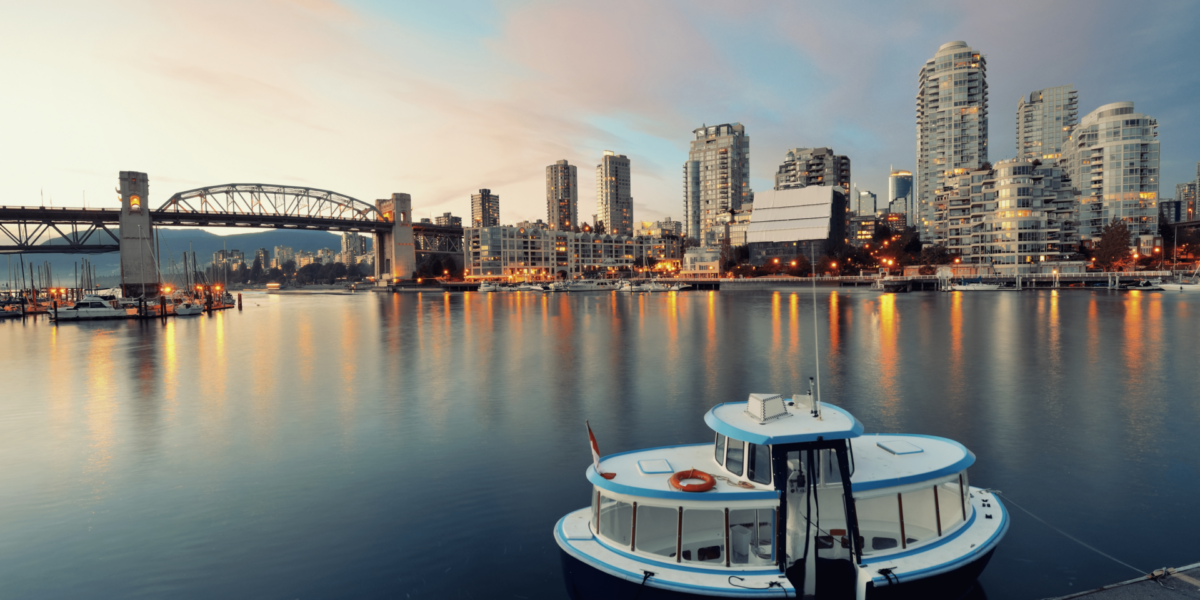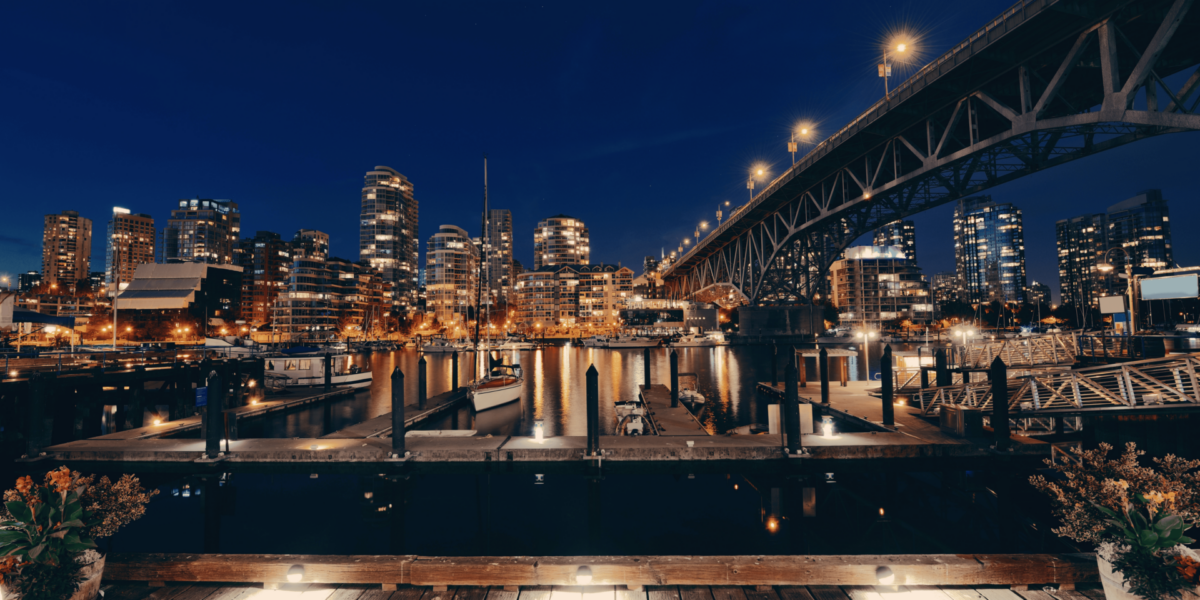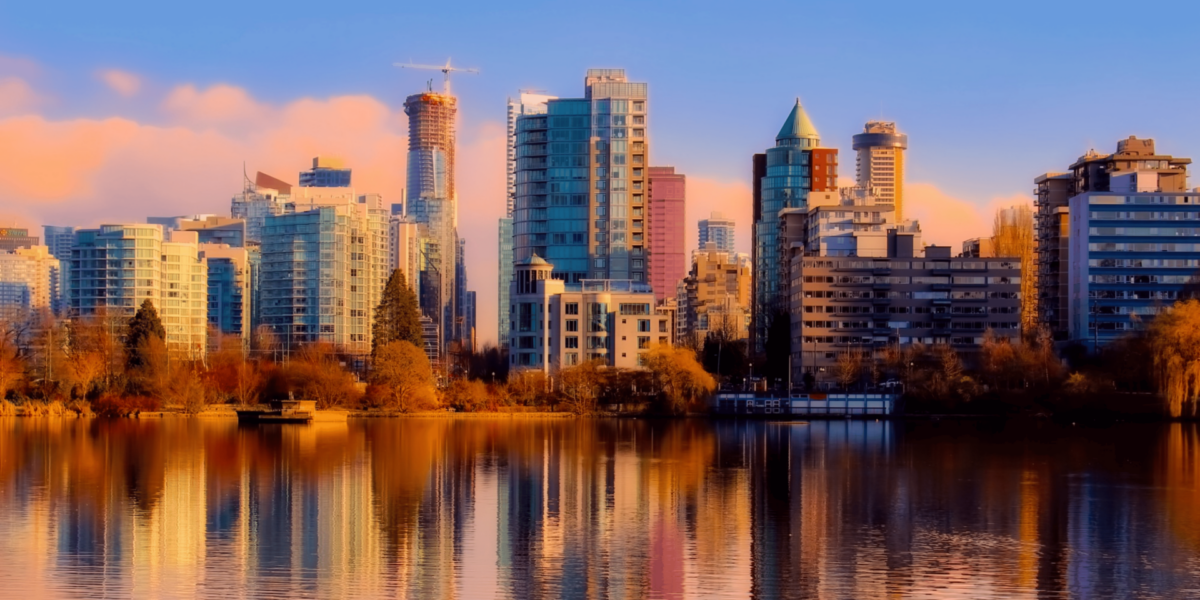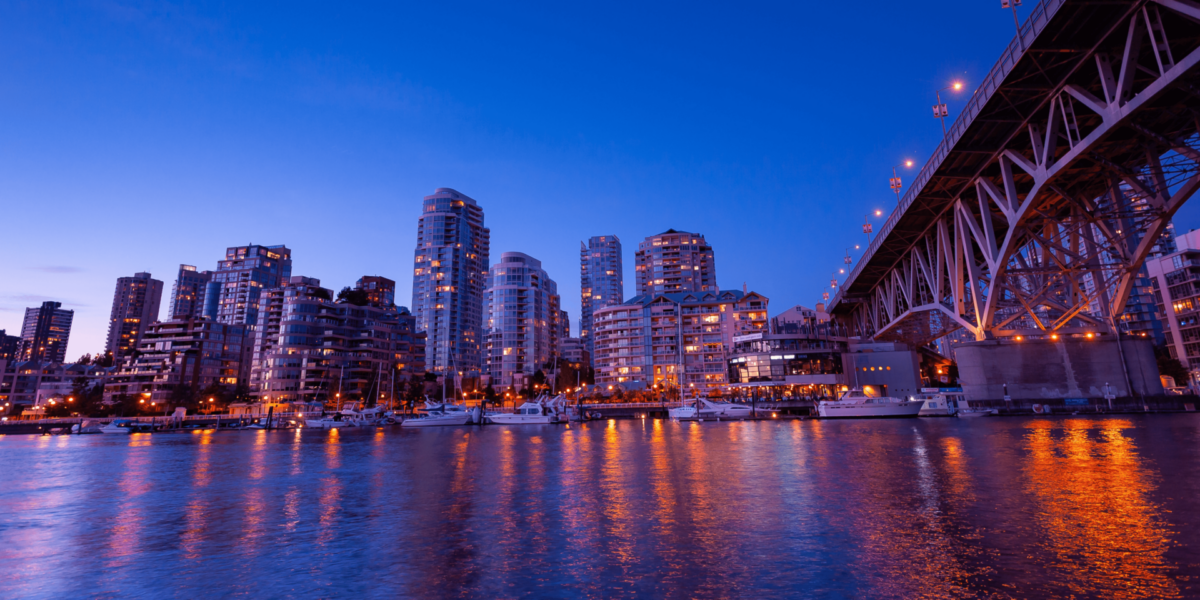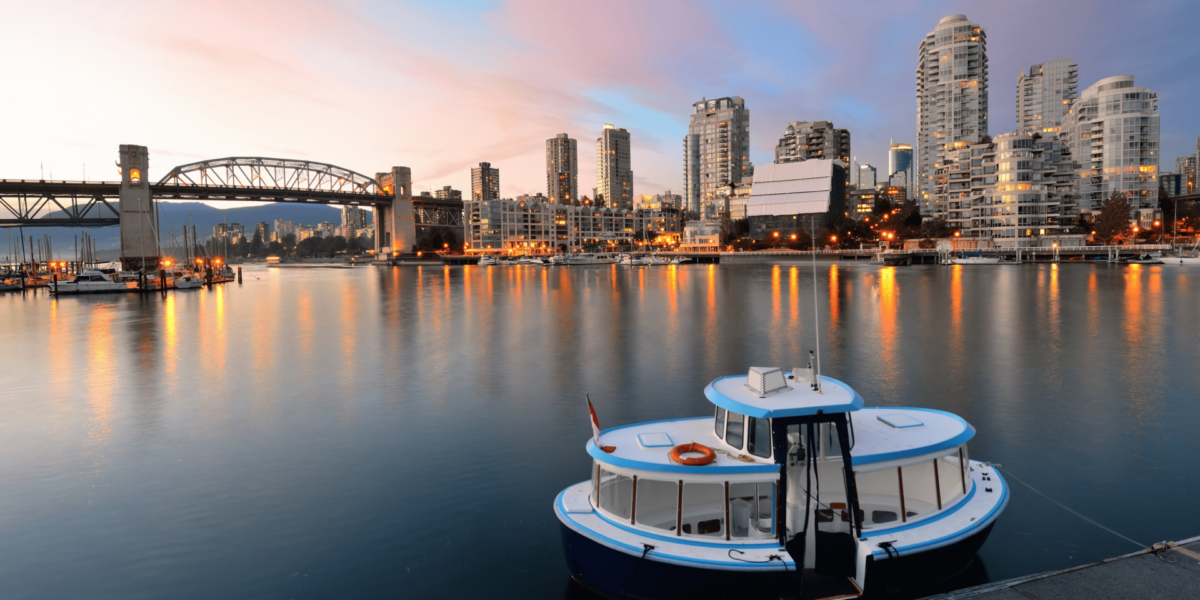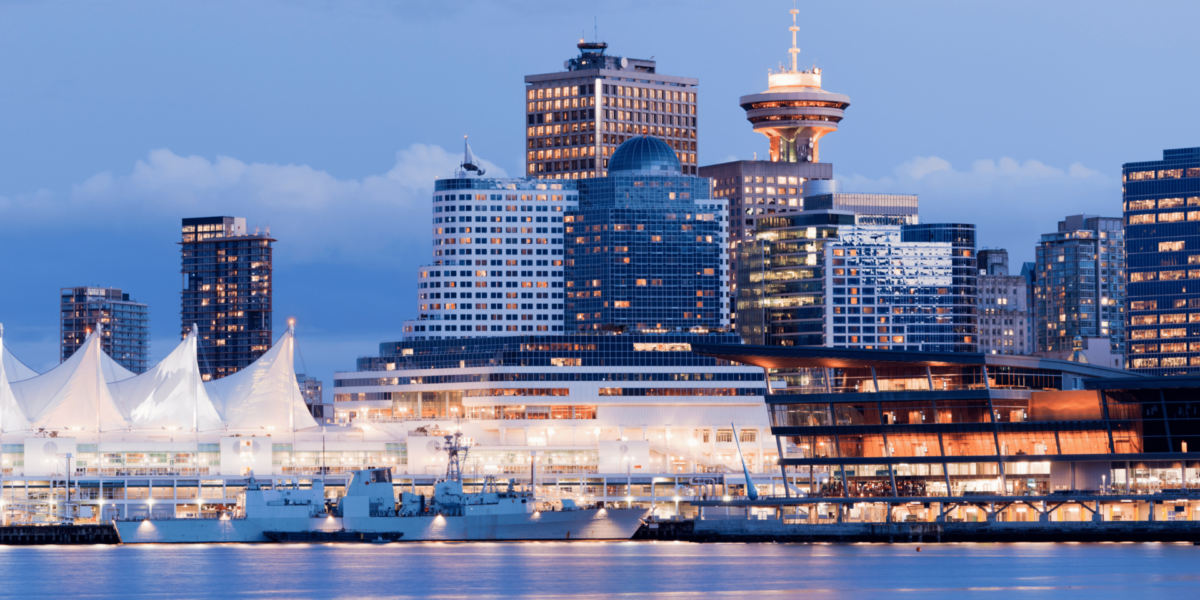As the sun lowers over the Pacific, Vancouver’s coastline shifts in tone. Dusk doesn’t arrive all at once—it moves slowly across the city’s edge, changing how the shoreline looks and feels. The transformation begins with color, but by the end, it’s the light itself that shapes the mood of the coast.
Why Coastal Light at Dusk Feels Distinct in Vancouver
Vancouver’s location between water, forest, and mountains gives its coastline a layered backdrop. At dusk, this landscape absorbs and reflects fading light in unique ways. The sky glows with soft purples and warm oranges while the sea darkens into deeper blue. This contrast builds a visual tension that defines the shoreline.
From Spanish Banks to Kitsilano Beach, the view changes as the sun sinks lower. One direction holds the final edge of sunlight; the other fades into shadow. Standing near the waterline, a person sees how buildings, sand, and trees absorb light differently. The entire coastline becomes a canvas for the last light of day.
The Role of Atmospheric Conditions in Evening Light
Air quality, humidity, and cloud cover all influence the character of dusk. Clear skies allow more direct color transitions, while thin clouds scatter light and spread it across the horizon. In the presence of ocean mist or high humidity, dusk gains a soft glow that makes silhouettes stand out more sharply against the sky.
On a cool evening in early fall, the air holds enough moisture to blur the light around silhouettes of trees along Stanley Park. As the last sunlight catches the tops of buildings downtown, the lower edges fall into cool shadow. This variation helps define distance and depth across the entire coastal view.
How Light Direction Changes Coastal Focus
As the sun sets to the west, light direction becomes a key part of visual storytelling. West-facing beaches receive direct light longer, while north-facing inlets shift to shadow more quickly. This change impacts how elements like rocks, seawalls, and shorelines appear in photographs or personal observation.
At Jericho Beach, someone might notice how boats in the marina catch the final rays while the sand at their feet falls into shade. The transition happens quickly, and each moment feels different than the last. The movement of the sun doesn’t just darken the scene—it draws focus to whatever holds the light a little longer.
Dusk Reflections on the Water’s Surface
Vancouver’s coastline includes bays, coves, and open sea—all of which reflect evening light in their own way. As the wind drops near sunset, the water’s surface often flattens, turning it into a mirror. Lights from buildings, passing ferries, and the sky itself stretch across the water, creating long, shifting reflections.
Near Granville Island, a person might lean against the railing above False Creek. The water ripples gently as ferry lights glide across its surface. The buildings reflect gold and pink hues, softening as the sky deepens into blue. These reflections extend dusk beyond the sky and into the sea.
Coastal Shadows Add Contrast and Depth
As natural light fades, shadows on the coastline grow longer and more distinct. Rocks, driftwood, and human-made structures cast clear lines across sand and pavement. These shadows bring definition to the scene and create texture where direct light once washed everything flat.
Along the Stanley Park seawall, someone walking during the final minutes before nightfall sees how trees cast narrow shadows across the path. The outlines move slowly, stretching as the sun dips lower. The visual texture adds to the sense of time passing—an everyday motion framed by changing light.
Urban Light Begins to Replace the Natural Glow
As dusk deepens, city lights begin to fill the space left by the setting sun. On Vancouver’s coastline, this transition is gradual. Lights from condos, streetlamps, and passing cars start to reflect on the water. This blend of natural and artificial light creates a second phase of dusk—more structured, yet still fluid.
In the distance, a cargo ship’s lights move slowly across the horizon. Closer to shore, the buildings along Beach Avenue begin to glow. For anyone watching the scene unfold, the movement from natural to urban light does not interrupt—it layers one tone over another, adding rhythm to the coastline’s edge.
Photographing the Coastline During Dusk
Capturing dusk along Vancouver’s coast requires awareness of light levels, color temperature, and motion. A wide-angle lens can take in both sky and water, while a tripod allows longer exposures without motion blur. Timing is critical—the blue tones of dusk shift quickly, and each minute offers a slightly different image.
Someone setting up near Sunset Beach might adjust their exposure to balance the fading sky with rising lights behind them. They might wait for a ferry to pass, timing the shutter to catch the reflections just as the sky turns from violet to navy. The goal is to hold onto the softness of dusk without losing sharp detail.
The Emotional Shift from Day to Night
Dusk carries more than visual changes—it affects the mood of the coast. Sounds become quieter. Wind slows. People speak less, or not at all. The shoreline, usually busy during the day, begins to clear. For those who remain, the focus turns inward, guided by color and contrast rather than noise or movement.
A person walking alone along English Bay during dusk doesn’t look at their phone or check the time. Their pace slows. The changing light becomes the clock. This emotional shift is part of what makes dusk unique—it allows space for quiet, without requiring stillness.
Why Vancouver’s Coastal Dusk Is Worth Watching
Vancouver’s coastline at dusk offers more than scenery. It provides a window into how light interacts with land, water, and atmosphere. Each evening reveals a different pattern of change. Some nights bring intense color. Others end in quiet gray. Each version holds its own story, shaped by light and place.
For those who take the time to observe, dusk becomes a ritual. Not because it repeats, but because it transforms. Watching Vancouver’s coastline during this short transition connects you to the natural rhythm of a city shaped by water, shadow, and fading light.
